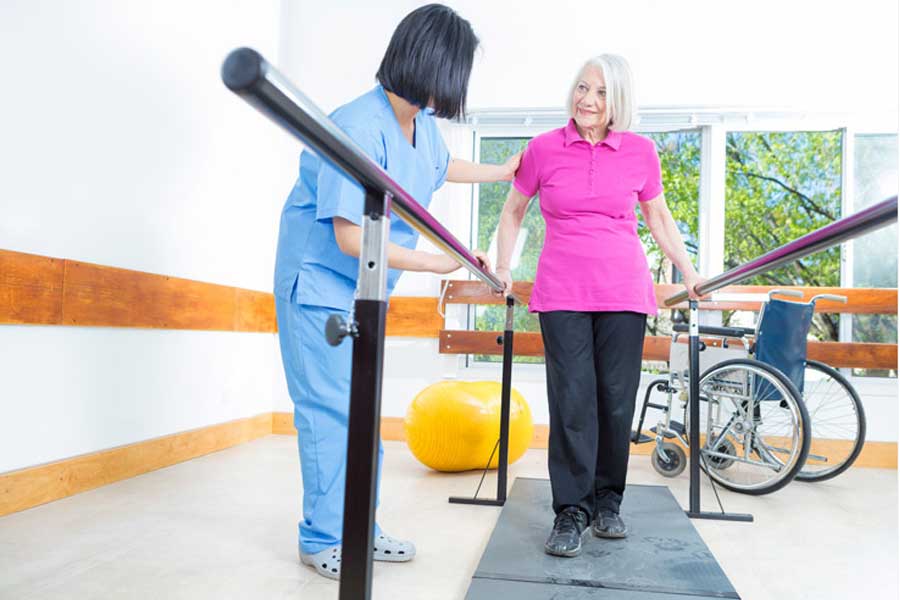Phywell Physio and Chiropractic Centre
In Delhi, there is always a hurry for everything, people are just too busy with work. But everyone ignores their body issues when it comes to their physical health. Physiotherapy has an essential character in people recovering from injuries, managing chronic conditions, and for their overall body flexibility. From other Best physiotherapy centre in Delhi, Phywell Physio provides the Best physiotherapy centre in Delhi, India for people who genuinely need effective physiotherapy.
For years we have built a name in our profession after constantly providing satisfying Physio and Chiropractic therapy services to our patients. We have given Physiotherapy at home in Delhi to patients who can’t come to our Best physiotherapy centre in Delhi due to their unhealthy physical condition. There is no doubt that you can have the finest physiotherapy sessions with us.
Opening Hours
-
Mon – Sat
–09:00AM – 09:00 PM
Sunday
–09:00AM – 01:00 PM
Emergency Care
Quality physiotherapy services with a team of specialists.
+91-9305788423
+91-8826129841
Book Your Appointment Online
Dr. Shivam Tiwari
Physiotherapist, Osteopath & Chiropractor
10+ years of experience
B.P.T., M.P.T.
DIP. IN OSTEOPATHY (OSTEOPATHIC COLLEGE OF ONTARIO) DIP MASTER OF CHIROPRACTIC (ACKEMANN COLLEGE SWEDEN) CERTIFIED FASCIAL DISTORTION MODEL PRACTITIONER SPAINAL AND PERIPHERAL MANIPULATION (ITALY) FORMER PHYSIOTHERAPIST FORTIS HOSPITAL SHALIMAR BAGH & FORTIS GURGAON
Dr Shivam Tiwari is an experienced physiotherapist, osteopath, and best chiropractor in Delhi with over 10 years of practice. He provides comprehensive assessment and treatment for musculoskeletal conditions including back and neck pain, sports injuries, and postural problems.
Dr Tiwari is the best physiotherapy in Delhi utilizes manual therapy techniques such as spinal manipulation, massage, and stretching as well as exercise rehabilitation to help patients recover function and mobility.

Physio & Chiropractic SERVICES
WE WILL CURE ALL YOUR PAIN

Therapeutic exercise
Therapeutic exercises are movements and physical activities designed to ....

Shoulder Pain
Shoulder pain can occur due to a number of reasons, including sprains ....
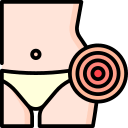
Hip pain
Hip pain is a common condition and can be quite disabling because of the ....

Knee Pain
Knee is the largest joint in your body. It is a complex joint made of bone ....
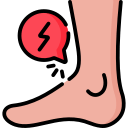
Foot and Ankle Pain
Most people experience pain in and around their feet or ankles at some point in their lives ....
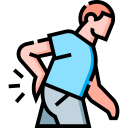
Back pain
A mechanical problem is due to the way your spine moves or the way you feel ....
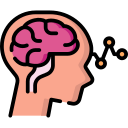
Neurological physiotherapy
At Phywell Physiotherapy, Delhi, We take holistic approach to care and ensure ....
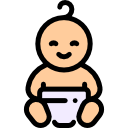
Paediatric physiotherapy
At Phywell Physiotherapy we focus on deep domain knowledge of Pediatric ....
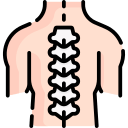
Spinal Injuries
Physiotherapy for spinal cord injury rehabilitation focuses on optimizing mobility ....
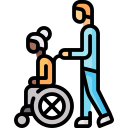
Vestibular Rehabilitation
Vestibular rehabilitation therapy involves exercises that help you manage dizziness ....
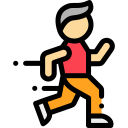
Physical Therapy
Physical therapy, also known as physiotherapy, may include certain exercises, massages ....

Balance exercise therapy
Balance exercises are exercises which are prescribed by a physiotherapist to ....

Post-surgical rehabilitation
Post surgical rehabilitation may be necessary for a variety of surgical ....
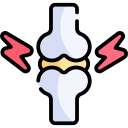
Arthritis treatment
Arthritis is a disease that affects your joints (areas where your bones meet and ....
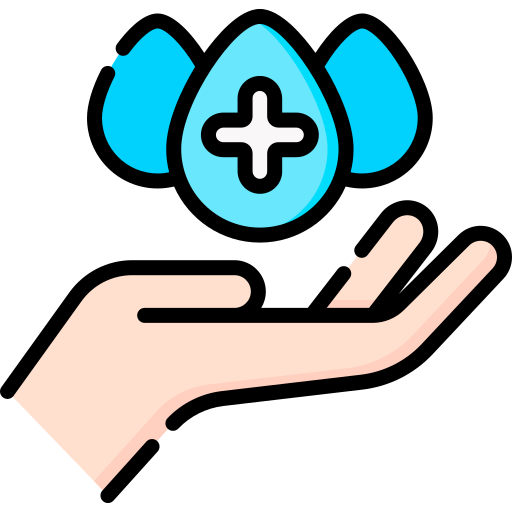
Hydrotherapy Training
At Phywell Physiothera we strongly believe in the power of education for ....

Heat therapy
At Phywell Physiotherapy – Delhi, We take holistic approach to care and ....
Best Chiropractic And Best physiotherapy Centre in Delhi
Physiotherapy is important for people of all ages, from infants to the elderly. There are a lot of benefits of physiotherapy and chiropractic therapies, by which people can cure their bodies some major points are as follows you can create an impact on your physical capability. It takes techniques to improve physical recovery.
Best physiotherapy centre in Delhi works closely with children to handle developmental delays, genetical conditions, and injuries. Early intervention can seriously improve a child’s physical development. Chiropractic takes the overall well-being of a person, considering both physical and mental well-being. It promotes a healthier lifestyle, stress management, and improved overall quality of life.
> Physiotherapy’s major role is to reduce pain because of some conditions like injuries, or chronic pain syndromes.
> A physiotherapist and chiropractor use their hands for therapy and conduct therapeutic exercises to minimize the pain.
> Physio and chiropractic therapies are very effective for people who are recovering from any surgery, accidents, or injuries that make body movement hard.
> Choosing the best physiotherapy in Delhi can help patients to recover strength, flexibility, and motion.
Types Of Physiotherapies Offered by Phywell Physiotherapy
There are different types of physiotherapy provided by us for specific patient needs and conditions. As we provide the best physiotherapy in Delhi we have a wide range of therapies and treatment techniques designed to handle different medical conditions, injuries, and physical impairments. Here are some types of physiotherapies offered by us.
As therapists, we use hands-on techniques to operate joints and soft tissues. And aims to reduce pain, improve mobility, and restore function.
We use techniques to relieve chronic pain conditions such as fibromyalgia, complex regional pain syndrome (CRPS), and chronic headaches. With our therapies such as manual therapy, exercises.
We use tecwe use it to clear respiratory secretions in patients with lung conditions such as cystic fibrosis or pneumonia. We include techniques like percussion, vibration, and postural drainage.
hniques to relieve chronic pain conditions such as fibromyalgia, complex regional pain syndrome (CRPS), and chronic headaches. With our therapies such as manual therapy, exercises.
In conditions specific to women, like prenatal and postnatal care, pelvic floor dysfunction, urinary incontinence, and pelvic pain. We provide physiotherapy for women’s health to regain their strength and mobility.
Musculoskeletal conditions like fractures, joint injuries, arthritis, and post-surgical rehabilitation. We focus on the assessment and treatment of it and aim to improve mobility, reduce pain, and restore functional freedom.
cardiovascular conditions, chronic obstructive pulmonary disease (COPD), asthma, and post-cardiac surgery recovery. We are masters in managing conditions related to the heart and lungs.
Conditions such as stroke, spinal cord injuries, multiple sclerosis, Parkinson’s disease, and traumatic brain injuries. Our goal is to help patients regain mobility and improve their quality of life.
We focus on the unique needs of older adults, by handling their age-related issues like balance problems, reduced mobility, and the prevention of falls. Here we aim to maintain or improve the quality of life in senior citizens.
Athletes of all levels in this we help them recover from sports-related injuries, prevent them from future injuries, and improve athletic performance. Our Treatment includes sports-specific exercises.
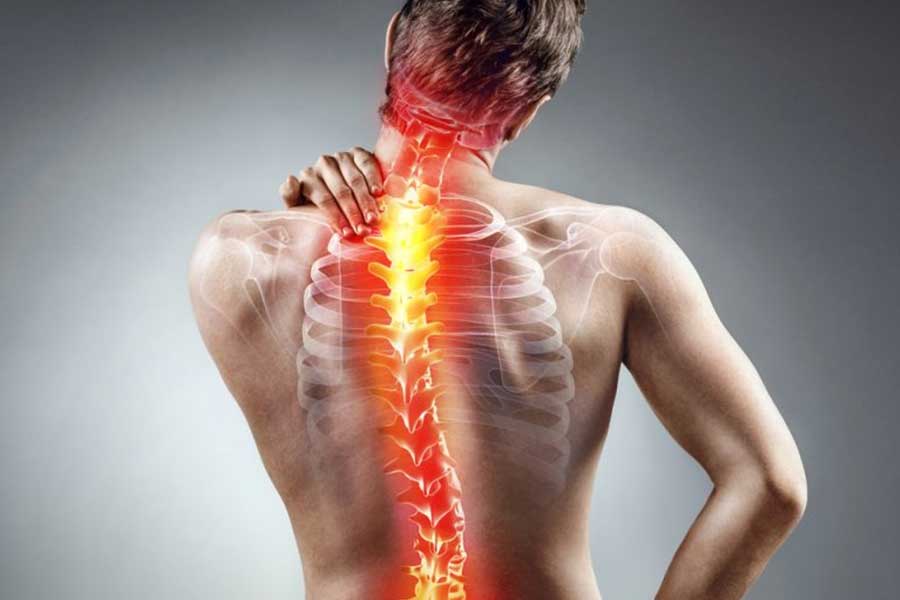
Comprehensive Range of Services
A good physiotherapy clinic should offer a wide range of services to address various musculoskeletal, neurological, and sports-related conditions. These services may include Knee pain treatment, therapeutic exercises, electrotherapy, laser therapy, hydrotherapy, and more. Having a comprehensive range of services ensures that patients can receive appropriate and effective treatments tailored to their specific needs.
Phywell Physiotherapy as leading the Best physiotherapy centre in delhi offers a comprehensive range of services to address musculoskeletal, neurological, and sports-related conditions. Our team of dedicated physiotherapists specializes in treating back pain, joint injuries, neurological disorders, post-operative rehabilitation, and sports injuries. We tailor their treatments to meet the unique needs of each patient, ensuring personalized care and effective results.
Book Your
Appointment
Online
+91-9305788423
Call Us Any Time We Are Avalibel 24/7
Physiotherapy at Home in Delhi: Convenience and Comfort for Patients
Understanding the challenges faced by some patients in visiting a clinic, Phywell Physiotherapy extends its services to provide best physiotherapy in delhi. This service offers the convenience of receiving expert care in the comfort of one’s own home, eliminating the need for travel and ensuring continuity of treatment.
Patients can enjoy personalized physiotherapy sessions in the familiar and comfortable surroundings of their homes. We deliver our professional Physiotherapy at home in delhi Bagh, Delhi also. And make our treatments more friendly and reliable for our patients.
Physiotherapy At Home in Delhi: Catering to Local Residents
Expanding our reach to patients who need the best treatment for themselves we provide the Best Best physiotherapy centre in delhi locals and those in the neighbourhood can take advantage of Phywell Physiotherapy’s convenient in-home physical therapy services. Our group of knowledgeable physical therapists is experienced in offering patients specific therapy in the convenience of their own homes.
Patients can receive the care they require without the stress of travel Phywell Physiotherapy, brings high-quality physiotherapy services right to their front door. We understand the condition when a person is unable to reach out for treatment that’s the motive Physiotherapy at home in delhi.
Get A Free Quote
Contact US
Why You Should Choose Us for the Best Physiotherapy in Delhi?
Having a well-known name in our profession and dedicated work we have gained many positive feedbacks from our patients. Phywell Physiotherapy’s range of services has genuinely improved its patient’s physical health issues and fixed them with our Best physiotherapy centre in Delhi.
The unique techniques we apply for the betterment of bodily movement are appreciated by each of our patients. They have felt improvement and uncovered their overall well-being. Our treatment plan and the expertise as physiotherapist, has been shown for many patients.
Whether it is Manual therapies or Cardiorespiratory physiotherapy we conduct we excel in every aspect of physiotherapies. For good physical health or to recover from post-surgery complications, you should contact us for your speedy recovery.
Client Testimonials
Trustindex verifies that the original source of the review is Google. Wonder full experience.i think Dr Shivam is very good and well that's sitTrustindex verifies that the original source of the review is Google. Excellent service by Dr shivam he treated my back pain and he is capable to do great work as he do 😀Trustindex verifies that the original source of the review is Google. Excellent service by dr shivam he treat my back pain and neck painTrustindex verifies that the original source of the review is Google. Excellent staff and very good service.
Frequently Asked Questions About Physiotherapy
Physiotherapist apply techniques that includes manual therapies by hands, exercises and more. Phywell Physiotherapy is the Best physiotherapy centre in Delhi that treats people with a wide range of conditions, such as injuries, illnesses, or disabilities that affect muscles, bones, joints, and the nervous system.
It depends on the condition of patients physical issues. Also there are lot of physiotherapies you can take such as orthopedic, neurological, sports, pediatric, and cardiopulmonary physiotherapy etc.Hence, Phywell physiotherapy offers the best physiotherapy in Delhi you can contact us and take advantages of experiencing finest sessions.
It can take 30 minutes to 60 minutes per session. Depending upon the your concern and issues in your bodily movement. Whether yor dealing with joint paint or suffering from a post surgery complication, Phywell Physiotherapy provides home physiotherapy in delhi so if you are not able toh come to center for therapies we can provide you therapies at comfort of your own home.
Yes, physiotherapy session include massage techniques, and it is known as manual therapies. In which physiotherapist uses hands to operate muscle issues and gives deep muscles massage. If it is difficult for you to move then you take help of us to get home physiotherapy in Delhi in which we offer all physiotherapy session at home.
Yes, it works effectively, physiotherapist use techniques and therapies to diagnose, and treat conditions, from musculoskeletal injuries to neurological disorders. As Phywell Physiotherapy’s finest Home physiotherapy in Shalimar Bagh, patients have given positive response after achieving the improvement in their bodies.
It depends on therapy sessions, but Phywell Physiotherapy provides an affordable physiotherapy session to the patients for each session. Our satisfactory services and budget friendly pricing makes us the best physiotherapy centre in Delhi. Services that we provide genuinely built trust and faith among our patients.
